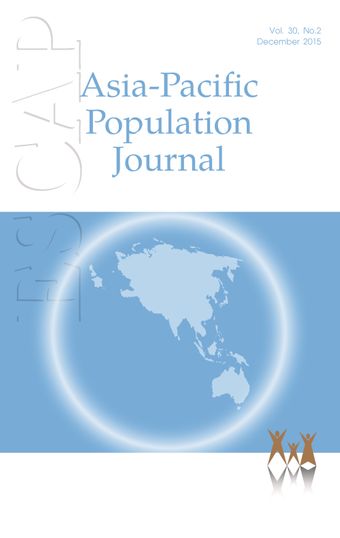-
The contribution of age-specific mortality towards male and female life expectancy differentials in India and selected States, 1970-2013
- Source: Asia-Pacific Population Journal, Volume 30, Issue 2, Sep 2016, p. 1 - 20
-
- 08 Sep 2016
Abstract
Most research on mortality differentials by sex in India focuses on disparities among children under 5 years of age. In this paper, we assess the changing age and cause patterns of mortality by sex in India and selected States using survey data and including mortality trends over the life span. Since the 1970s, the gap between female and male mortality in India has increased to females’ advantage. This occurred despite persisting higher female mortality below age 5, a disadvantage masked by the large gap favoring women at adult and older ages. This paper finds that the life expectancy gap between females and males in the second half of the 1990s can be attributed mainly to non-communicable diseases and external causes of death. While more developed States (primarily in the South) showed higher female longevity already in the 1970s, the States that lagged behind displayed similar mortality levels for females and males up until the turn of the century.
© United Nations





